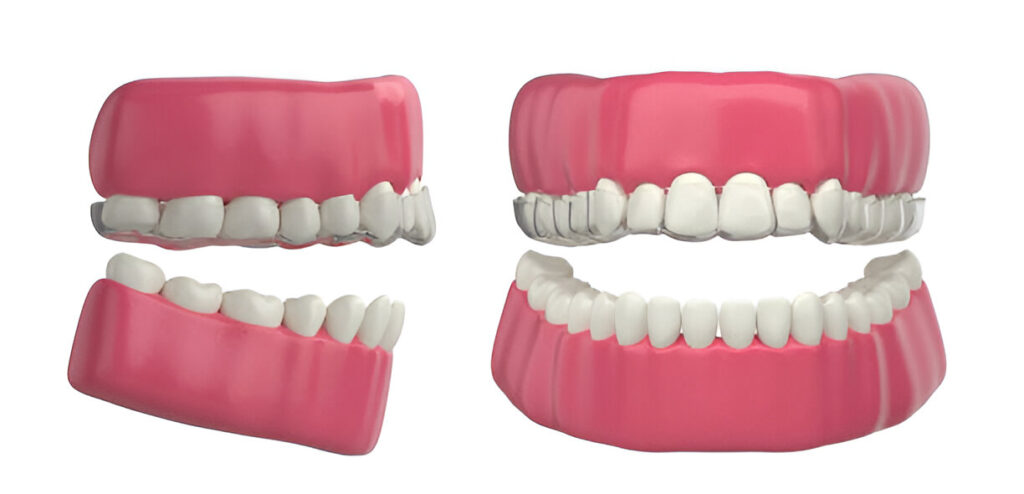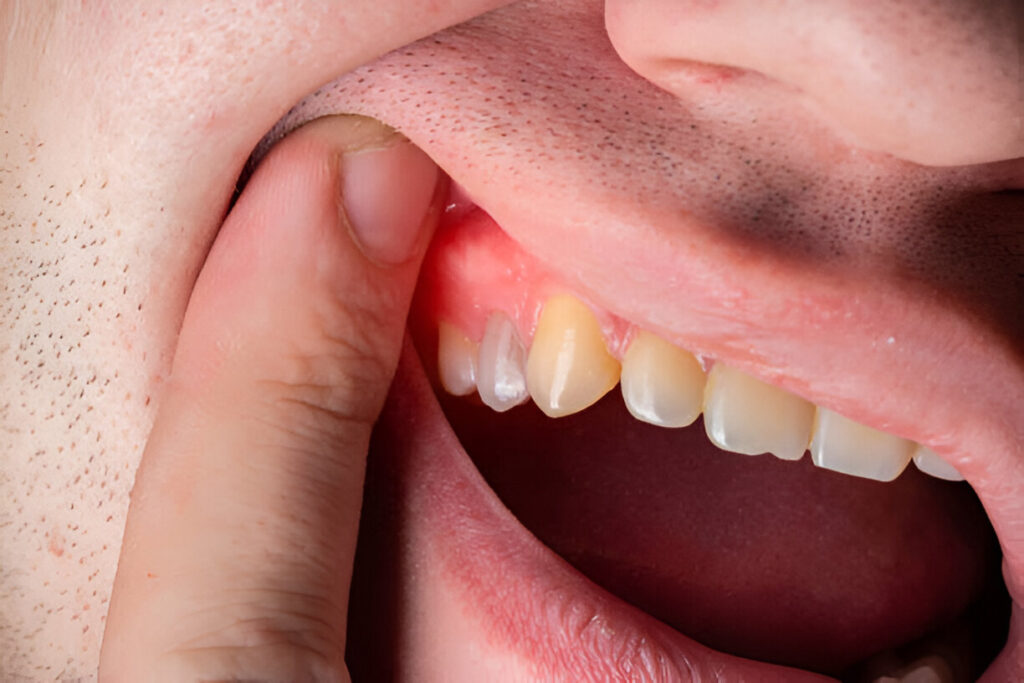Invisalign has become a popular choice for straightening teeth. It offers a clear, comfortable, and removable alternative to traditional metal braces. However, not all teeth are equally easy to move. Some take more time, effort, and tools to shift into the correct position. Let’s explore which teeth are the hardest to move with Invisalign and why.
What Makes Teeth Hard to Move?
Every tooth is different. While some teeth respond quickly to Invisalign trays, others are more stubborn. A few factors can make certain teeth harder to shift:
- Root Length: Teeth with longer roots are more stable and harder to move.
- Tooth Size and Shape: Bigger or pointed teeth may need extra force.
- Tooth Position: Teeth that are rotated, tilted, or crowded can be more difficult.
- Age: Adult teeth may move more slowly because the jawbone is denser.
- Bone Density: A Thicker jawbone around a tooth can resist movement.
Understanding these factors helps explain why some teeth respond better than others during Invisalign treatment.
Does Invisalign Change Face Shape?
Molars: The Tough Ones at the Back
Molars are the large teeth at the back of your mouth. They have deep roots and wide crowns. Because of their size and position, they can be tricky to shift.
- Strong Roots: Their roots are long and firmly anchored.
- Extra Force Needed: Aligners may struggle to apply enough pressure to move them.
- Limited Space: Being at the back makes it harder to reach with aligners.
Molars are not always the focus of Invisalign treatment unless they are out of alignment. If they do need to move, it often takes longer and may need added help.
Canines: The Sharp, Stubborn Ones
Canines, also called cuspids, are the pointy teeth near the corners of your smile. They are important for biting and guiding your jaw.
- Deep in the Bone: Canines sit deep in the gums with strong roots.
- Rotated Position: They are often twisted or pushed forward in crowded mouths.
- Difficult to Rotate: Invisalign trays may struggle to twist these teeth into line.
Orthodontists may use extra tools, like attachments or buttons, to help canines move properly during Invisalign treatment.
Lateral Incisors: Small but Difficult
Lateral incisors are the teeth right next to your two front teeth. While they are smaller, they can be hard to move.
- Crowded Area: These teeth often don’t have much room to move.
- Easy to Tip: They may move at the wrong angle without proper support.
- Unstable Position: If they are too far back or forward, they can move unevenly.
Proper planning is important to help lateral incisors settle in their correct place without tipping or shifting wrongly.
Does Invisalign Fix Your Teeth Forever?
Easier Teeth to Move
Front teeth, especially central incisors (your two main front teeth), are usually easier to move. They have:
- Smaller Roots: This makes them respond better to light pressure.
- Good Positioning: They are easier to reach and adjust with aligners.
- Simple Movement: Most often, they only need slight straightening.
Because they move more easily, patients often notice visible changes in the front teeth early in the treatment.
How Do Orthodontists Help Stubborn Teeth Move?
To help hard-to-move teeth shift properly, dental professionals use a few smart tools during Invisalign:
- Attachments: Small tooth-coloured dots stuck to your teeth help aligners grip better.
- Rubber Bands: These apply extra pressure where needed.
- Refinements: After the first set of aligners, new trays may be made for better results.
- Longer Wear Time: Some teeth need more time with each tray or more weeks in total.
These tools help Invisalign apply just the right pressure in the right place, ensuring every tooth gets the attention it needs.
Tips for a Successful Invisalign Journey
Even if some teeth are tough to move, a few good habits can help your treatment go smoothly:
- Wear Aligners 20–22 Hours a Day: Consistency is key.
- Clean Your Teeth and Trays Daily: This helps the trays fit properly and keeps your mouth healthy.
- Change Trays on Time: Follow the schedule your orthodontist gives you.
- Be Patient: Some teeth take longer to move than others. Stick with it.
Following these tips can help speed up your progress and lead to a better outcome.
What is the Average Age of Invisalign Patients?
Final Thoughts
So, which teeth are the hardest to move with Invisalign? In most cases, it’s the molars, canines, and lateral incisors. They have strong roots, tricky positions, or limited space. But with the right tools and careful planning, even the most stubborn teeth can shift into place. Invisalign treatment in Aberdeen works best when paired with expert care and patient dedication. Stay consistent, trust the process, and before long, you’ll be on your way to a straighter, healthier smile.
Start Your Invisalign Journey with Cove Dental and Implant Centre
At Cove Dental and Implant Centre, we understand that every smile is unique, and so is every Invisalign treatment. Whether you’re dealing with tricky molars, rotated canines, or crowded lateral incisors, our experienced team is here to guide you through a personalised, effective treatment plan.
We use advanced dental technology, tailored aligner strategies, and a friendly approach to help you achieve the straight smile you deserve – comfortably and confidently. Book your Invisalign consultation today and let us help you take the first step towards a healthier, more beautiful smile.
Is Invisalign Painful?
Frequently Asked Questions
1. Are some teeth impossible to move with Invisalign?
Most teeth can move with Invisalign, though some may take longer. Tools like attachments help with tough cases.
2. Can Invisalign move molars?
Yes, but molars may require more time or support tools like attachments or bands.
3. Why do canines take longer to move?
They have long roots and often need rotation, making them more stubborn.
4. What happens if my teeth don’t move as planned?
Your provider may create a refinement plan with new trays for better results.
5. Does age affect Invisalign results?
Yes. Adults may see slower movement, but results are still very achievable with proper care.




